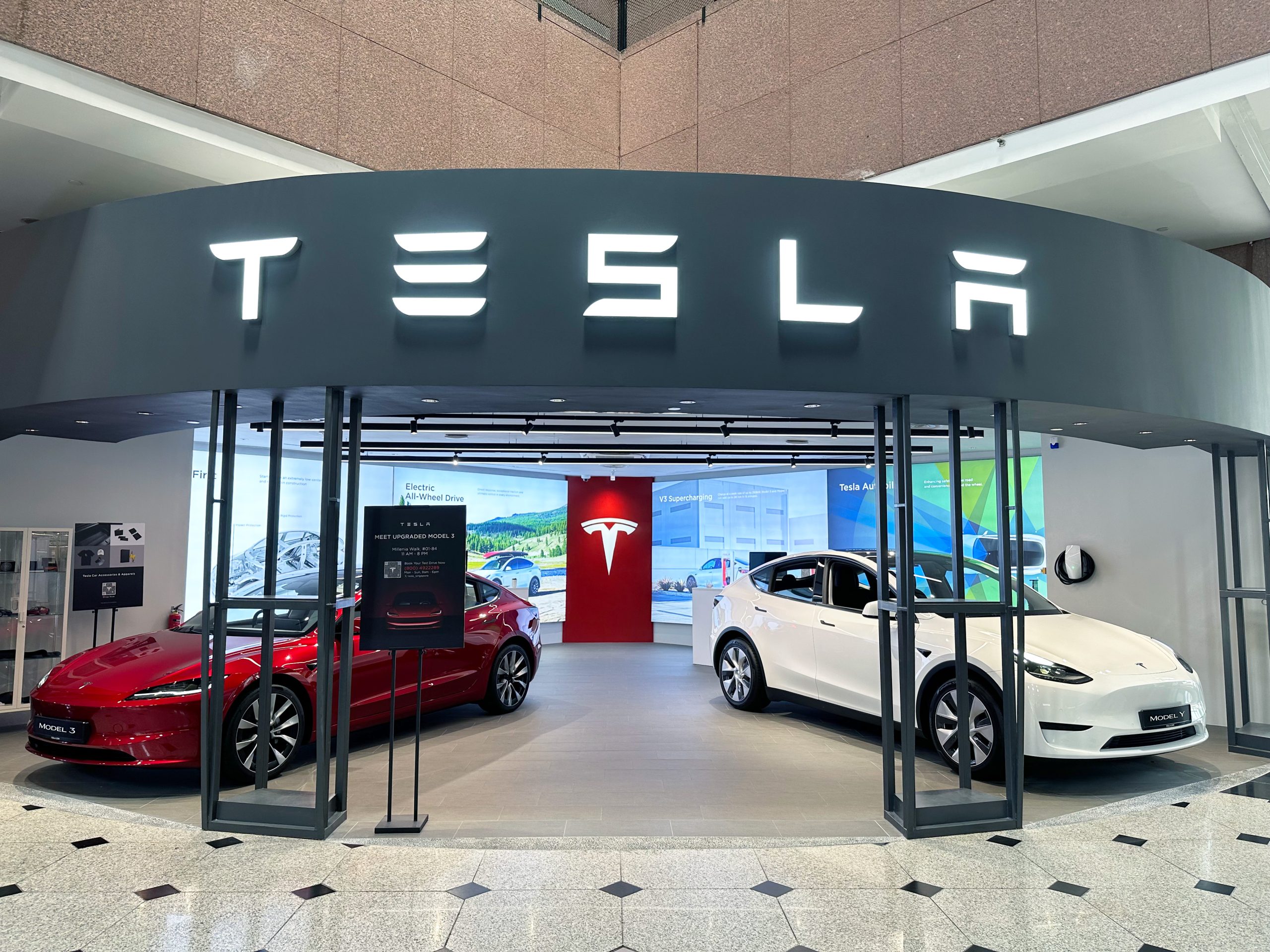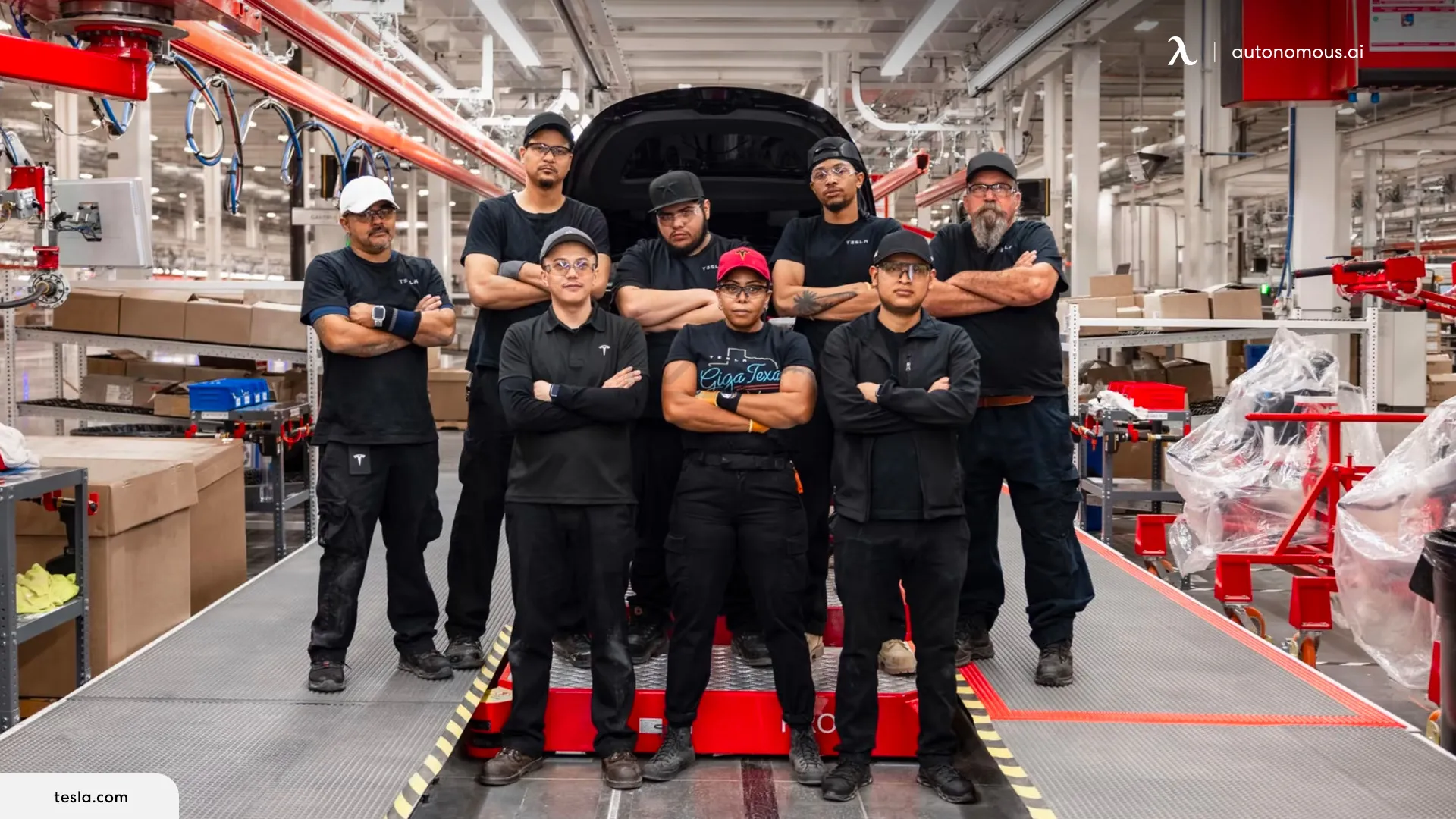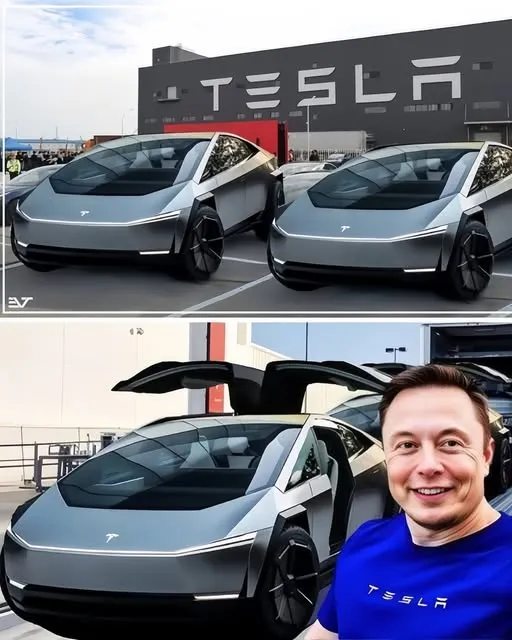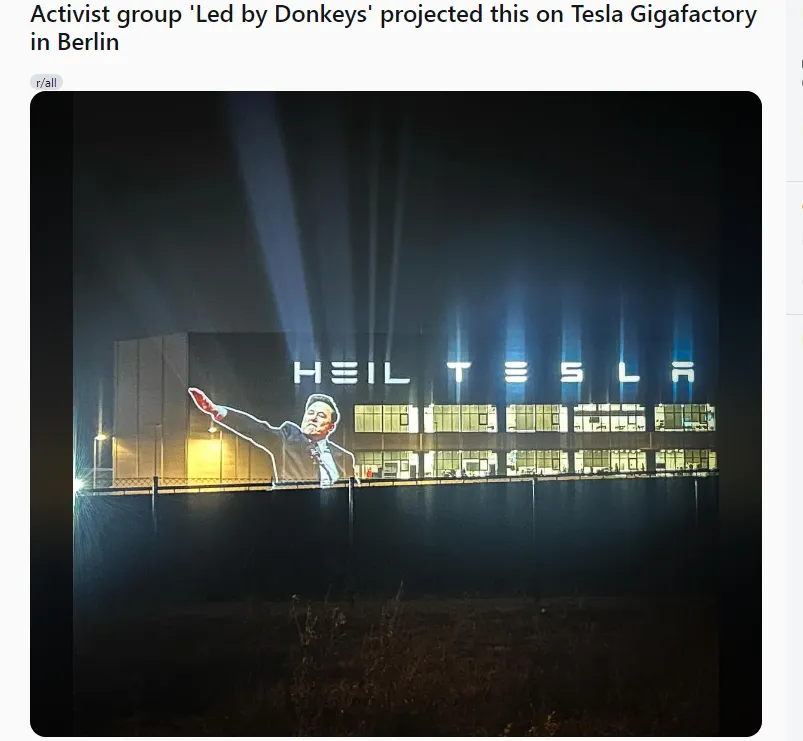
In a surprising move that has caused confusion and frustration among Tesla employees, CEO Elon Musk called for an impromptu all-hands meeting at 10 p.m. local time at the company’s headquarters in Austin, Texas. The meeting, announced at the last minute, left over 100,000 employees scrambling to attend and follow directives with little to no notice.
The last-minute timing and lack of proper communication triggered significant backlash, as many questioned the true purpose behind the meeting and Musk's commitment to Tesla's future.
Business Insider (BI) reported that, according to employees, the sudden announcement of the meeting caught many off guard. One Tesla engineer, speaking to BI on the condition of anonymity, shared that the meeting felt rushed and unexpected, leaving employees scrambling to catch up with Musk’s directives.
“Everything felt a bit rushed. No one expected this meeting, but we just tried to follow along with the instructions,” the engineer said.

The meeting came amid significant challenges for Tesla. The company, which has experienced both growth and setbacks in recent years, has seen its stock value plummet by over 80% from its peak in December 2024. Despite these challenges, Musk appeared to be attempting to reassure both employees and investors that he was still fully engaged with the company.
In the meeting, Musk attempted to calm Tesla’s staff, emphasizing that he remained focused on the company’s operations despite rumors that he was neglecting Tesla in favor of other ventures, such as Twitter (now X) and SpaceX.
However, the chaotic and poorly organized nature of the meeting left many employees feeling that Musk’s actions were more about reassuring investors than addressing the concerns of the Tesla workforce.
Some employees who spoke with BI speculated that the meeting was a publicity stunt aimed at showcasing Musk’s continued commitment to Tesla in the eyes of investors rather than a genuine effort to connect with employees. One anonymous staff member remarked, “This meeting was for investors, not for us.”
The sentiment shared by many was that the late-night meeting was another example of Musk’s tendency to prioritize his image and company growth over employee well-being.
The confusion surrounding the meeting started long before it began. Initially, Tesla had announced a livestream link for employees to tune into a pre-meeting discussion at 9:30 p.m. Eastern Time. However, the link was quickly taken down, leaving employees unable to participate in any meaningful conversation.
Tesla’s decision to remove the link 30 minutes before the meeting started left staff bewildered and unable to prepare for what was to come.

To make matters worse, the livestream was replaced with a new link at the last minute, but even then, the meeting was marked by awkward silence for the first 30 minutes. It wasn’t until 9:58 p.m. that Musk began his presentation.
This delayed start only added to the sense of disorganization and lack of communication, which frustrated many employees who were already struggling to make sense of the situation.
The incident drew criticism from experts, including Melissa Schilling, a professor at New York University. Schilling expressed concern about the lack of preparation for such an important all-hands meeting.
“The lack of preparation for an all-company meeting is a dangerous thing for someone in a key position at a brand like Tesla,” Schilling stated. “The era of Elon Musk running Tesla on a whim like a startup is over. These impromptu meetings and surprise announcements might have worked for a small company, but Tesla is no longer a startup—it’s one of the largest companies in the world.”
Schilling further pointed out that Tesla, now valued at around $780 billion—down from its peak valuation of $1.5 trillion—has become a global powerhouse, and the stakes have never been higher. The company is no longer in the early days of rapid growth and unpredictable decisions.

With Tesla’s stock price plummeting and the company facing growing competition in the electric vehicle market, these sudden late-night meetings appear unprofessional and ill-timed, reflecting poorly on Musk’s leadership at a time when the company needs stability and clarity.
Musk, who once famously slept on the factory floor during Tesla’s early struggles, and whose recent involvement with Twitter (X) has added to his already overwhelming workload, may be showing signs that he is stretched too thin. Schilling noted that such actions might have been acceptable in the early startup phase, but as Tesla grows and its challenges evolve, Musk’s leadership style must adapt to the demands of a large, publicly traded corporation.
For Tesla employees, the 10 p.m. meeting was a stark reminder of Musk’s tendency to operate in an unpredictable manner. While some employees may have respected the sheer determination and passion Musk once showed as an entrepreneur, the current state of the company demands more than just sporadic bursts of energy.
Tesla’s workforce, now much larger and more diverse, needs consistent leadership that is grounded in planning and respect for their time and efforts. The chaotic nature of the recent meeting raised questions about Musk’s ability to steer the company forward in a way that benefits everyone, not just the shareholders.

As for Tesla’s long-term future, the company faces a critical period. With increasing competition from other electric vehicle manufacturers and concerns about its stock price, Musk’s erratic leadership could be detrimental to the brand’s reputation and overall performance.
Employees, especially those who have supported Tesla through its most difficult years, are looking for reassurance that their contributions matter to the company’s vision. Unfortunately, the impromptu 10 p.m. meeting may have had the opposite effect, leaving many employees questioning Musk’s priorities.
In conclusion, the late-night meeting at Tesla highlighted the ongoing tensions within the company. While Musk tried to convey a sense of leadership and commitment, the chaotic nature of the meeting, coupled with a lack of communication and preparation, raised serious concerns about his ability to effectively manage a global company.
As Tesla navigates the challenges of the future, its employees will be hoping for more stability, transparency, and respect from their CEO. The question remains: Can Elon Musk adjust his approach to leadership in a way that fosters growth and stability for Tesla, or will his impulsive decisions continue to drive the company into turbulent waters?

-1742545626-q80.webp)
-1742350067-q80.webp)
